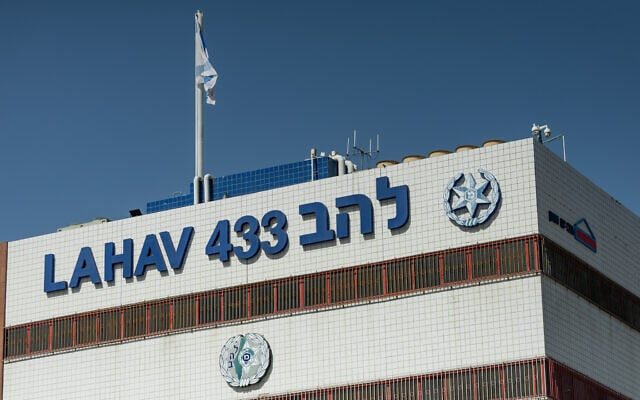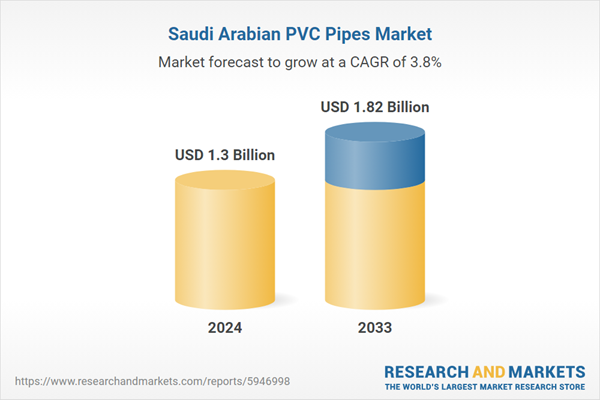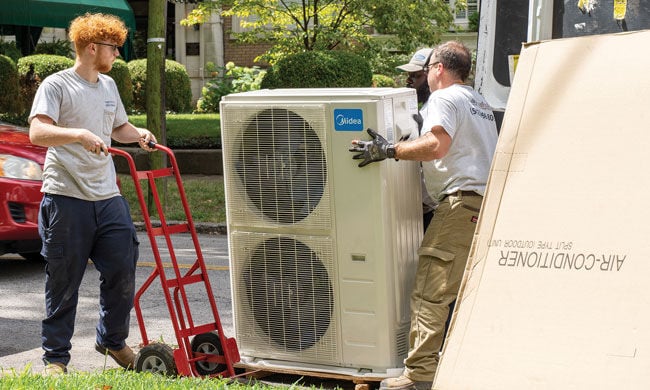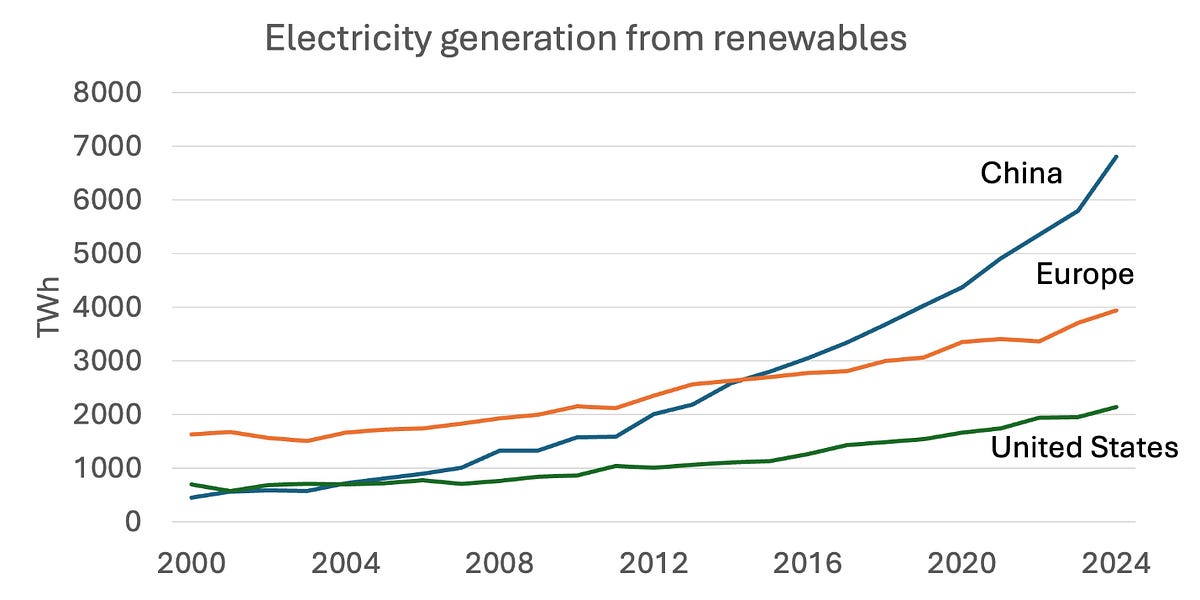MIT launches new lab to fast-track development of near-limitless energy machines: ‘The start of a new era’ – The Cool Down

Report on the Establishment of the Schmidt Laboratory for Materials in Nuclear Technologies (LMNT) and its Implications for Sustainable Development Goals
Introduction: Advancing Clean Energy in Line with SDG 7
A significant development in the pursuit of clean and sustainable energy is underway at the Massachusetts Institute of Technology (MIT). The Schmidt Laboratory for Materials in Nuclear Technologies (LMNT) is scheduled to become operational in early 2026. This facility is dedicated to accelerating the development of materials for fusion power plants, a technology with the potential to provide near-limitless clean energy. This initiative directly supports the United Nations’ Sustainable Development Goal 7 (Affordable and Clean Energy) by advancing research into a novel, sustainable energy source.
Fusion Energy: A Key to Achieving SDG 13 (Climate Action)
Fusion energy, the same process that powers the sun, offers a transformative solution to the global climate crisis. It fundamentally aligns with the objectives of SDG 13 (Climate Action) by promising a power source with zero planet-warming pollution.
- Process: Fusion occurs when two atomic nuclei combine to form a heavier nucleus, releasing immense energy.
- Environmental Benefit: Unlike the combustion of fossil fuels such as oil, coal, and natural gas, fusion does not produce greenhouse gases, thereby offering a direct pathway to mitigate climate change.
Overcoming Challenges through Innovation: Supporting SDG 9
The commercial viability of fusion energy faces two primary obstacles. The new LMNT facility is designed to address one of these critical challenges, embodying the principles of SDG 9 (Industry, Innovation, and Infrastructure) by enhancing scientific research and upgrading technological capabilities.
- Net Energy Gain: Creating a reactor that produces more energy than it consumes remains a central goal for the fusion community.
- Material Resilience: Identifying cost-effective materials capable of withstanding the extreme conditions within a fusion reactor is a major materials science challenge. LMNT’s core mission is to solve this problem.
As stated by Zachary Hartwig, head of LMNT, “We need technologies today that will rapidly develop and test materials to support the commercialization of fusion energy.”
LMNT’s Strategic Research Methodology
The laboratory will employ an innovative and efficient research strategy that accelerates the materials testing process, a key component of building the infrastructure required by SDG 9.
- Proton Beam Testing: Researchers will use proton beams to simulate the damage materials would sustain inside a fusion power plant.
- Accelerated Research: This method allows for the simultaneous testing of multiple materials, significantly speeding up the discovery process.
- Use of Existing Technology: The approach leverages cyclotrons, which are readily available from the healthcare industry, making the research more accessible and cost-effective.
Future Impact on Sustainable Cities and Global Partnerships (SDG 11 & SDG 17)
The successful development of fusion energy will have a profound impact on creating sustainable communities and fostering global partnerships, aligning with SDG 11 (Sustainable Cities and Communities) and SDG 17 (Partnerships for the Goals). The confidence in this future is demonstrated by significant commercial interest, such as Google’s pre-purchase of 200 megawatts of future fusion power, an amount sufficient to supply approximately 200,000 homes.
Nuno Loureiro, director of MIT’s Plasma Science and Fusion Center, noted that LMNT marks “the start of a new era of fusion research at MIT,” aimed at tackling complex technology challenges with an urgency that matches the global need for an energy transition. This research represents a critical step toward making clean fusion energy a reality, underpinning the future of sustainable energy infrastructure worldwide.
1. Which SDGs are addressed or connected to the issues highlighted in the article?
-
SDG 7: Affordable and Clean Energy
- The article focuses on the development of fusion energy, described as a “near-limitless clean energy” source. This directly supports the goal of ensuring access to affordable, reliable, sustainable, and modern energy for all by providing an alternative to “dirty energy sources such as oil, coal, and natural gas.”
-
SDG 9: Industry, Innovation, and Infrastructure
- The establishment of the “Schmidt Laboratory for Materials in Nuclear Technologies (LMNT)” at MIT is a clear example of building resilient infrastructure and fostering innovation. The article highlights that the lab’s mission is to “rapidly develop and test materials,” “accelerate the research,” and tackle “complex fusion technology challenges,” which aligns with upgrading technological capabilities and enhancing scientific research.
-
SDG 13: Climate Action
- The article explicitly links the development of fusion energy to combating climate change. It states that fusion produces energy “without the planet-warming pollution created by the burning of dirty energy.” The urgency is emphasized by the quote about tackling challenges on “timescales commensurate with the urgency of the problem we face: the energy transition,” directly addressing the need for urgent action to combat climate change.
2. What specific targets under those SDGs can be identified based on the article’s content?
-
Under SDG 7 (Affordable and Clean Energy):
- Target 7.2: By 2030, increase substantially the share of renewable energy in the global energy mix. The article supports this target by discussing the development of fusion as a new, powerful source of clean energy intended to replace fossil fuels, thereby increasing the overall share of clean energy.
- Target 7.a: By 2030, enhance international cooperation to facilitate access to clean energy research and technology… and promote investment in energy infrastructure and clean energy technology. The creation of the LMNT lab is a direct investment in “clean energy technology” and infrastructure aimed at accelerating research and development in the field of fusion energy.
-
Under SDG 9 (Industry, Innovation, and Infrastructure):
- Target 9.5: Enhance scientific research, upgrade the technological capabilities of industrial sectors in all countries… encouraging innovation. The article is centered on this target. The LMNT’s mission to “discover,” “develop,” and “test materials” for fusion power plants is a direct effort to enhance scientific research and encourage the innovation needed to commercialize fusion energy.
-
Under SDG 13 (Climate Action):
- Target 13.2: Integrate climate change measures into national policies, strategies and planning. The research described is a long-term technological strategy to mitigate climate change. The article frames the work at LMNT as a crucial part of the “energy transition,” a key strategy for addressing climate change.
3. Are there any indicators mentioned or implied in the article that can be used to measure progress towards the identified targets?
-
Indicators for SDG 7 Targets:
- For Target 7.2: The article mentions a future purchase by Google of “200 megawatts of energy” from fusion. This provides a quantifiable, albeit future, measure of clean energy capacity being added to the grid, which can be used as an indicator of the increasing share of clean energy.
- For Target 7.a: The establishment of the “Schmidt Laboratory for Materials in Nuclear Technologies (LMNT),” which will be “operational… in early 2026,” serves as a concrete indicator of investment in clean energy research and infrastructure.
-
Indicators for SDG 9 Targets:
- For Target 9.5: Progress can be measured by the lab’s ability to “accelerate the research.” The article mentions a specific method—using proton beams on “multiple materials at once”—which implies an increase in the rate of materials testing. The ultimate indicator would be the successful selection of “materials that will be used to build fusion power plants.”
-
Indicators for SDG 13 Targets:
- For Target 13.2: An implied indicator is the future reduction of “planet-warming pollution.” The success of fusion energy would lead to a measurable decrease in greenhouse gas emissions from the energy sector as it displaces “oil, coal, and natural gas.”
4. Create a table with three columns titled ‘SDGs, Targets and Indicators” to present the findings from analyzing the article. In this table, list the Sustainable Development Goals (SDGs), their corresponding targets, and the specific indicators identified in the article.
| SDGs | Targets | Indicators |
|---|---|---|
| SDG 7: Affordable and Clean Energy |
7.2: Increase substantially the share of renewable energy in the global energy mix.
7.a: Enhance international cooperation to facilitate access to clean energy research and technology… and promote investment in energy infrastructure and clean energy technology. |
Future generation capacity (e.g., “200 megawatts of energy” purchased by Google).
Investment in and establishment of new research facilities (e.g., the “Schmidt Laboratory for Materials in Nuclear Technologies (LMNT)”). |
| SDG 9: Industry, Innovation, and Infrastructure | 9.5: Enhance scientific research, upgrade the technological capabilities of industrial sectors… encouraging innovation. |
Acceleration of research processes (e.g., using proton beams on “multiple materials at once”). Successful selection of materials for fusion power plants. |
| SDG 13: Climate Action | 13.2: Integrate climate change measures into national policies, strategies and planning. | Future reduction of “planet-warming pollution” by replacing fossil fuels with clean fusion energy. |
Source: thecooldown.com

What is Your Reaction?
 Like
0
Like
0
 Dislike
0
Dislike
0
 Love
0
Love
0
 Funny
0
Funny
0
 Angry
0
Angry
0
 Sad
0
Sad
0
 Wow
0
Wow
0















































































